Overview of the T-M168 Remote Control Balance Robot DIY Learning Kit
The T-M168 Remote Control Balance Robot DIY Learning Kit is a hands-on educational project designed to teach students and hobbyists the fundamentals of robotics, gyroscopic balance, motion control, and remote communication. This self-balancing robot kit combines electronics, mechanics, and control systems to deliver a practical STEM learning experience.
Self-Balancing Robot Kit Features
- Self-Balancing Design: Uses gyro and accelerometer sensors with control logic to maintain stability while standing or moving.
- Remote Control Operation: Includes a wireless controller and receiver to drive, steer, and test the robot’s balance remotely.
- Motorized Drive System: Dual DC motors deliver smooth, responsive movement for realistic robotics demonstrations.
- DIY Assembly: Pre-cut chassis components and a full hardware kit enable easy assembly without soldering.
- Durable Components: High-quality plastic, metal parts, and electronics are built for reliable classroom or workshop use.
- Quick Build Time: Typical assembly time is 45 to 60 minutes, suitable for class periods and science fair preparation.
Package Includes
- Pre-cut chassis components
- DC motors and wheels
- Balance control sensor (gyro/accelerometer module)
- Remote control module and receiver
- Battery holder and wiring kit
- Screws, nuts, and connectors
- Assembly and wiring instruction manual
Specifications
- Model: T-M168
- Material: Plastic, metal, and electronic components
- Power Supply: DC 3V to 6V (battery-operated)
- Control Type: Remote control (wired or wireless, depending on version)
- Sensor Type: Gyroscope and accelerometer (depending on version)
- Assembly Time: 45 to 60 minutes
- Skill Level: Intermediate
Educational Value and Learning Outcomes
This self-balancing robot kit is ideal for introducing core STEM concepts through hands-on learning. Students and hobbyists will:
- Understand balance and motion control systems and how sensors feed back into control loops.
- Explore feedback mechanisms and stability algorithms used in robotics.
- Develop problem-solving, mechanical assembly, and basic electronics skills.
- Gain experience with remote communication and motor coordination in real-world applications.
Assembly, Testing, and Classroom Use
The T-M168 kit is designed for straightforward assembly. No soldering is required. Follow these basic steps for a successful build and test session:
- Unpack and inventory all parts using the included manual.
- Assemble the pre-cut chassis and mount motors and wheels.
- Install the balance control sensor and connect the wiring kit to the motor driver and receiver.
- Install batteries and calibrate the gyro/accelerometer per the manual.
- Use the remote controller to test balance, tuning movement and response.
Tips and Best Practices
- Perform assembly on a clean, flat surface and organize small hardware before starting.
- Follow sensor calibration steps carefully to ensure stable balancing performance.
- Use fresh batteries for consistent motor performance during demonstrations.
- Encourage students to document changes and experiment with tuning for deeper learning.
Ideal Uses
- STEM classroom lessons and labs
- Science fair projects and demonstrations
- Robotics competitions and workshops
- Independent hobbyist learning and prototyping
Note
Images are for illustration purposes only. Specifications and sensor types may vary by version.

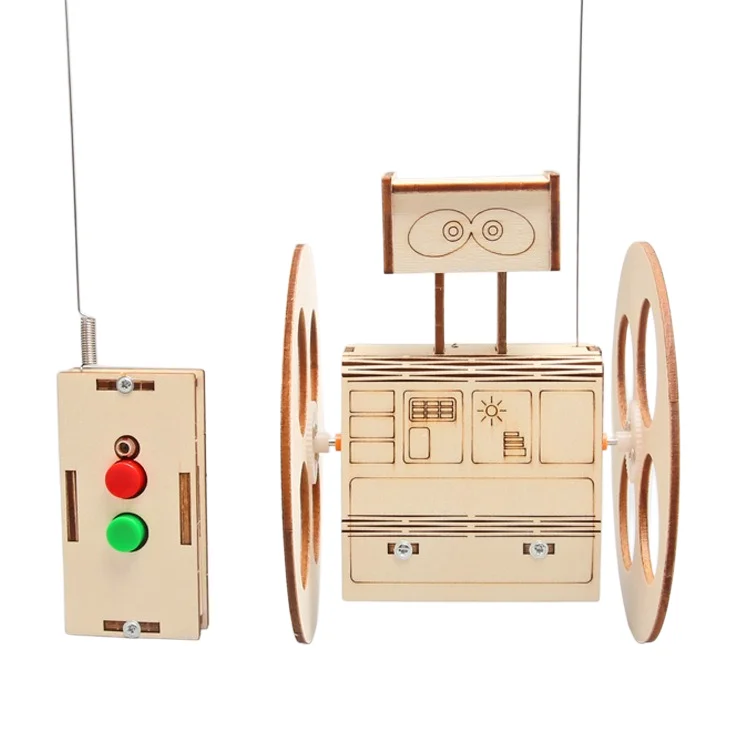


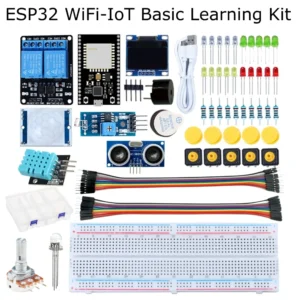
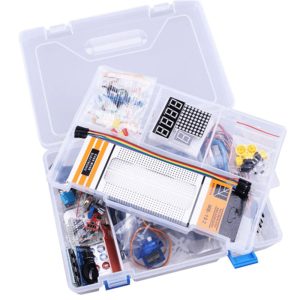
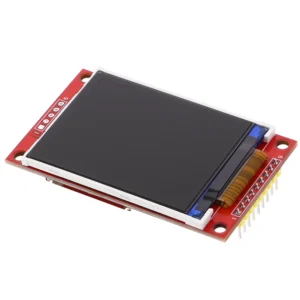
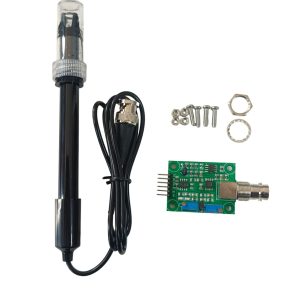
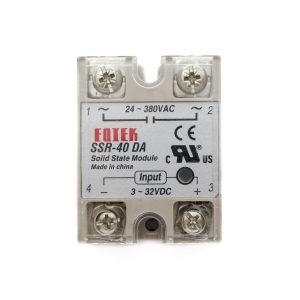
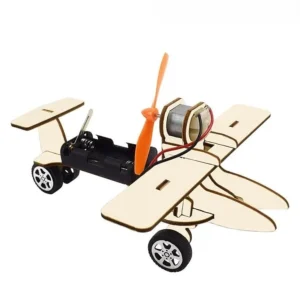
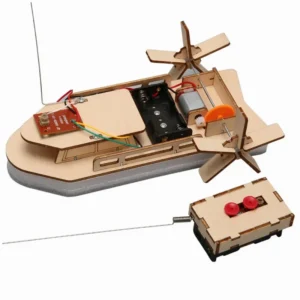
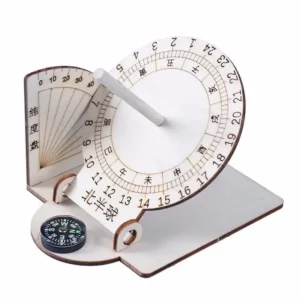


Reviews
There are no reviews yet